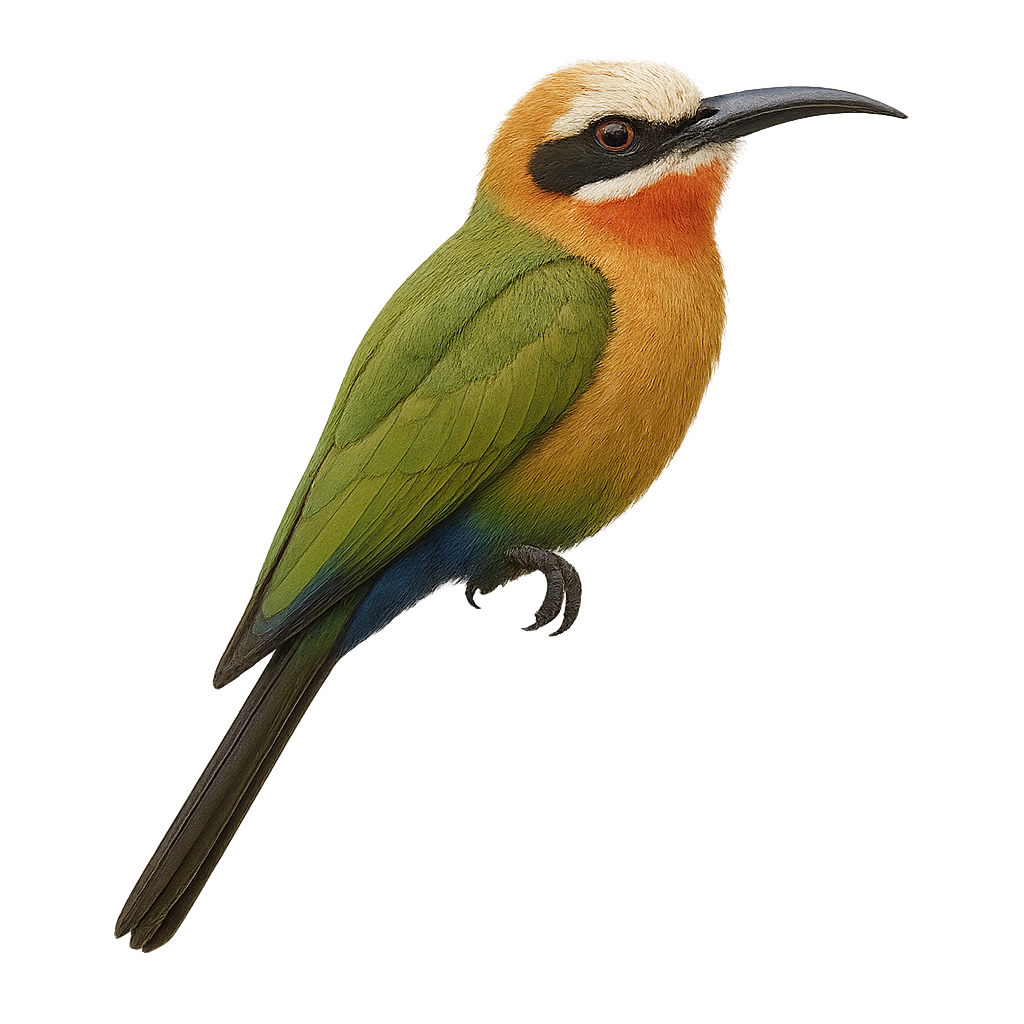Your wildlife photography guide.
Explore the white-fronted bee-eater in detail, study its behavior, prepare your shots.
Where to observe and photograph the white-fronted bee-eater in the wild
Learn where and when to spot the white-fronted bee-eater in the wild, how to identify the species based on distinctive features, and what natural environments it inhabits. The WildlifePhotographer app offers tailored photography tips that reflect the white-fronted bee-eater’s behavior, helping you capture better wildlife images. Explore the full species profile for key information including description, habitat, active periods, and approach techniques.
White-fronted Bee-eater
Scientific name: Merops bullockoides

IUCN Status: Least Concern
Family: MEROPIDAE
Group: Birds
Sensitivity to human approach: Tolerant
Minimum approach distance: 10 m
Courtship display: September to November
Incubation: 20-22 jours
Hatchings: September to December
Habitat:
savannas, riparian forests, open woodlands
Activity period :
Primarily active during the day, with peak activity in the morning and late afternoon.
Identification and description:
The White-fronted Bee-eater, Merops bullockoides, is a colorful and fascinating bird, recognizable by its vibrant plumage and social behavior. It features a green head with a distinctive white forehead, a red throat, and a yellow belly. Its wings are bright green, while its tail is bluish with elongated central feathers. This bee-eater is often seen in groups, nesting in colonies along sandy riverbanks. It primarily feeds on flying insects, especially bees and wasps, which it catches in flight with agile aerial maneuvers. The White-fronted Bee-eater is a diurnal bird, active mainly during the day, and is known for its melodious calls and graceful flight.
Recommended lens:
400mm – adjust based on distance, desired framing (portrait or habitat), and approach conditions.
Photography tips:
To photograph the White-fronted Bee-eater, focus on times of the day when the light is soft, such as early morning or late afternoon. Use a telephoto lens of at least 400mm to capture precise details of its colorful plumage. Be patient and discreet, as although tolerant, this bird can be wary of sudden movements. Look for colonies along rivers where they nest, and wait for them to fly out to hunt insects. Take advantage of their social behavior to capture interactions between individuals.
The WildlifePhotographer App is coming soon!
Be the first to explore the best nature spots, track rutting seasons, log your observations, and observe more wildlife.
Already 1 429 wildlife lovers subscribed worldwide

